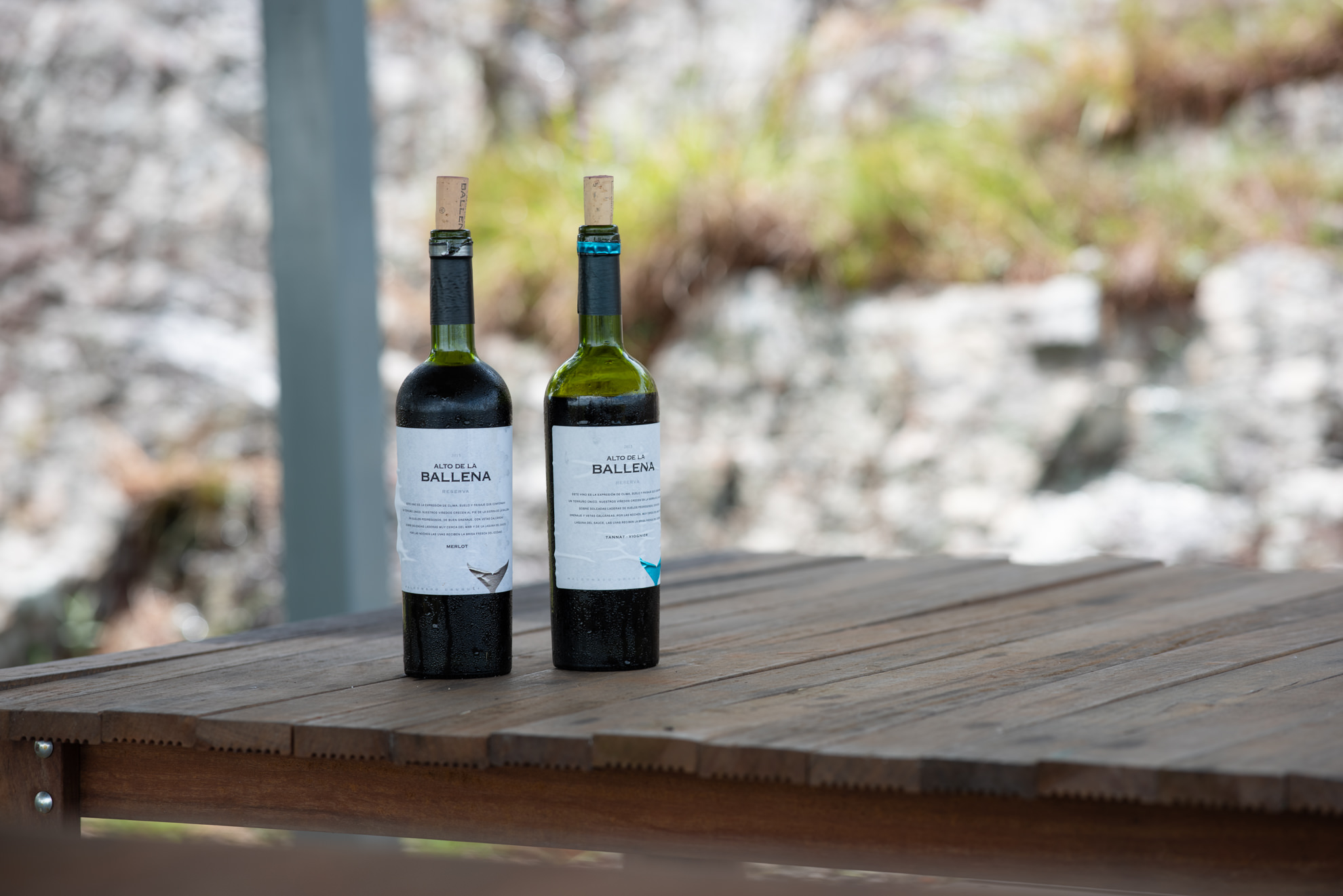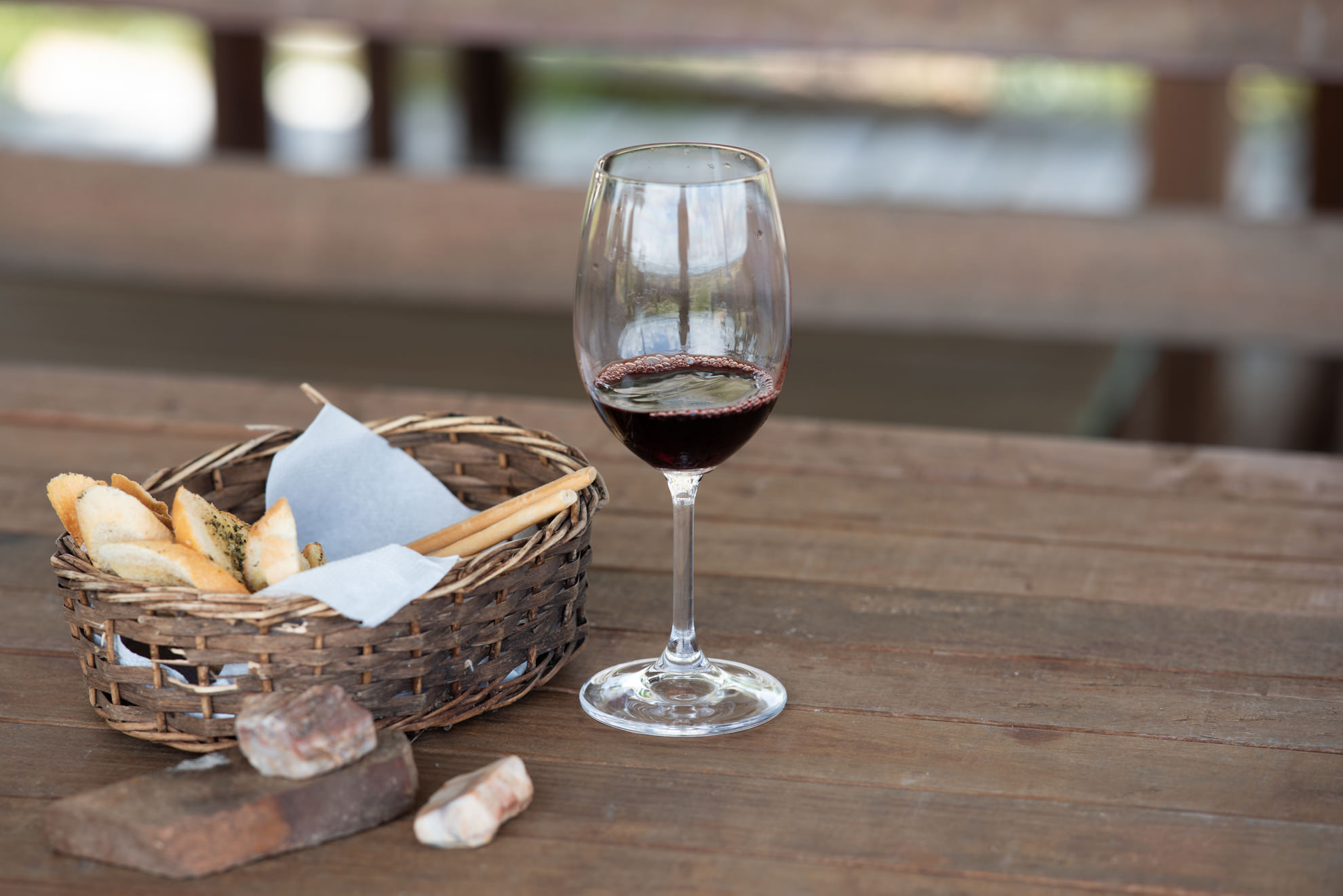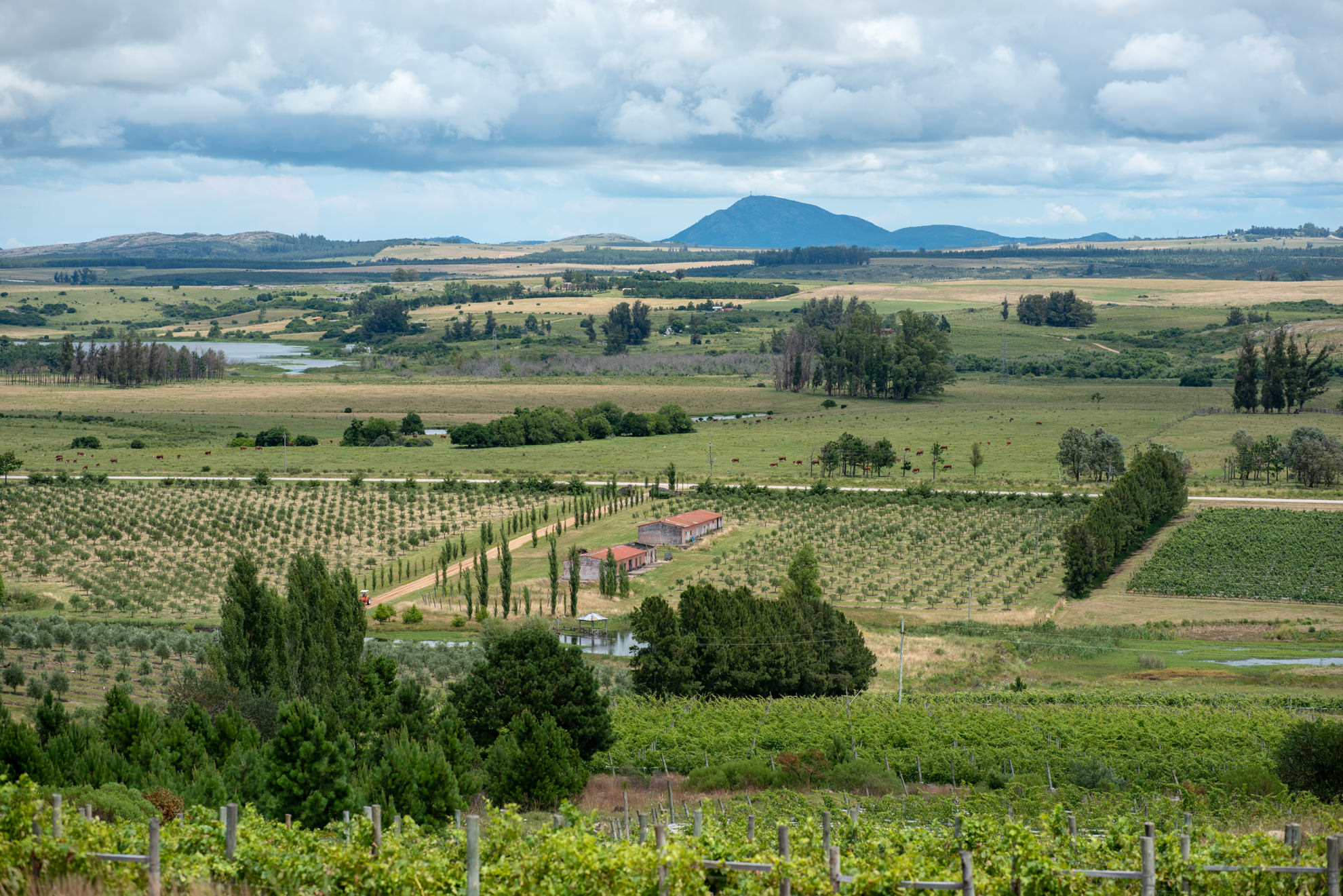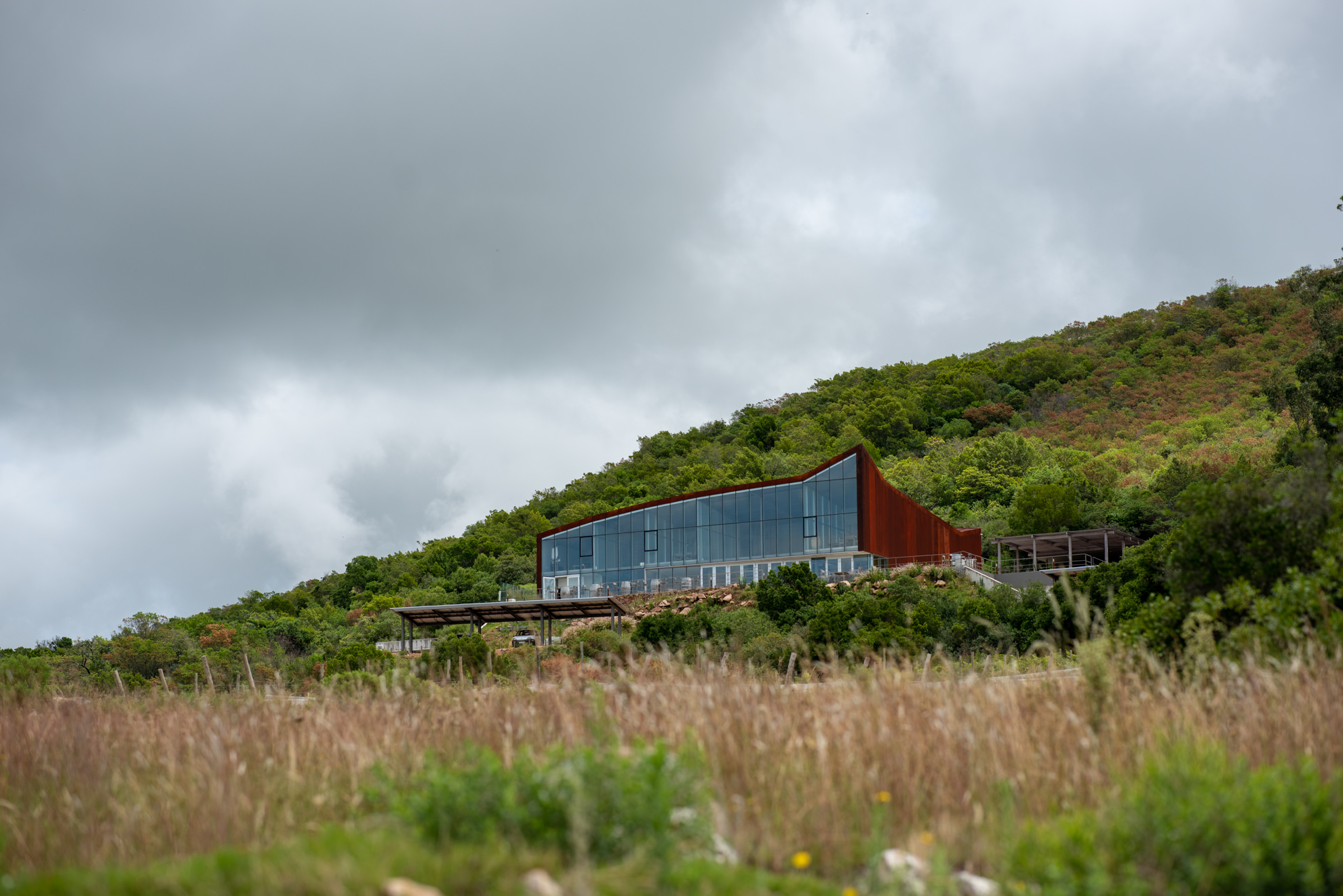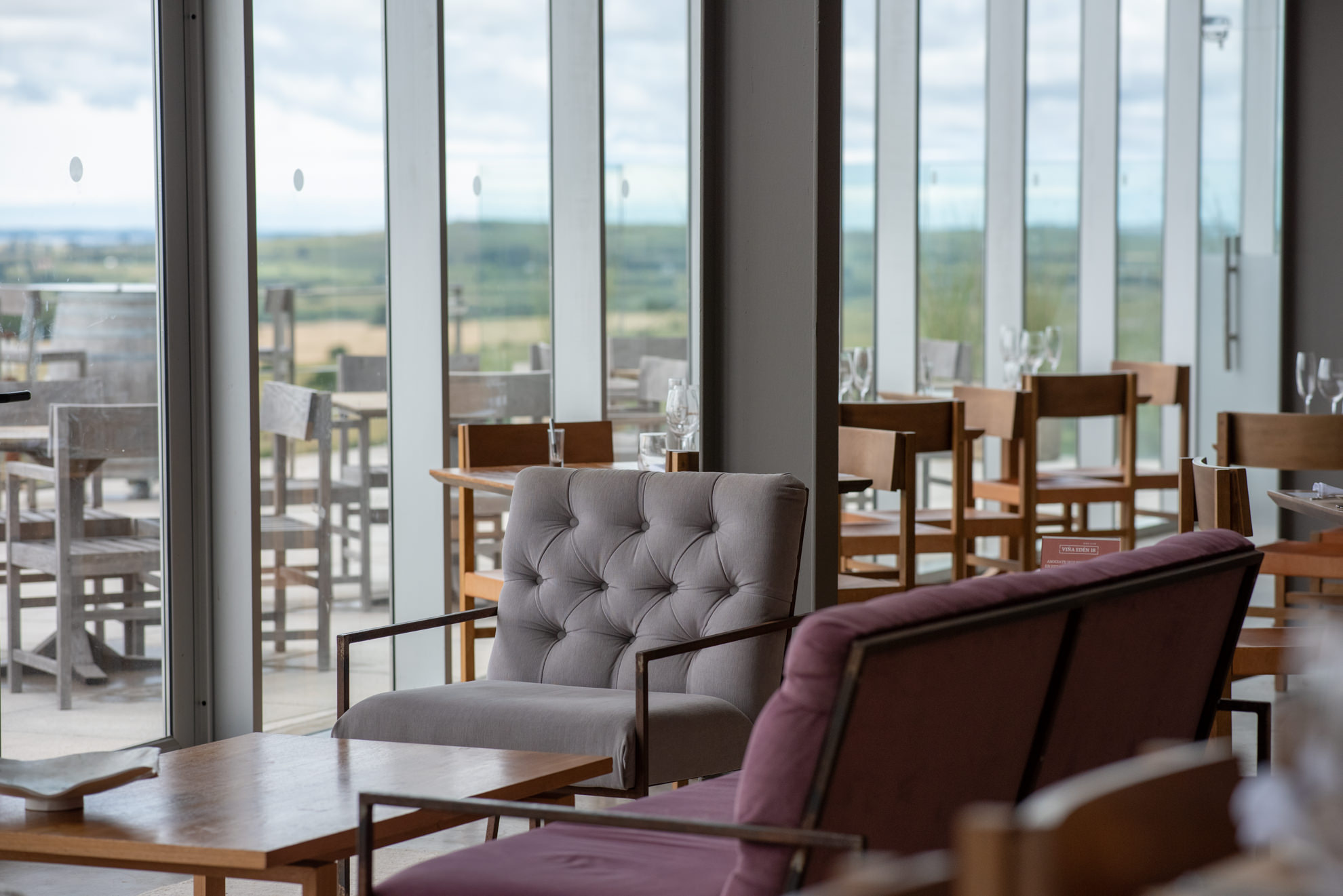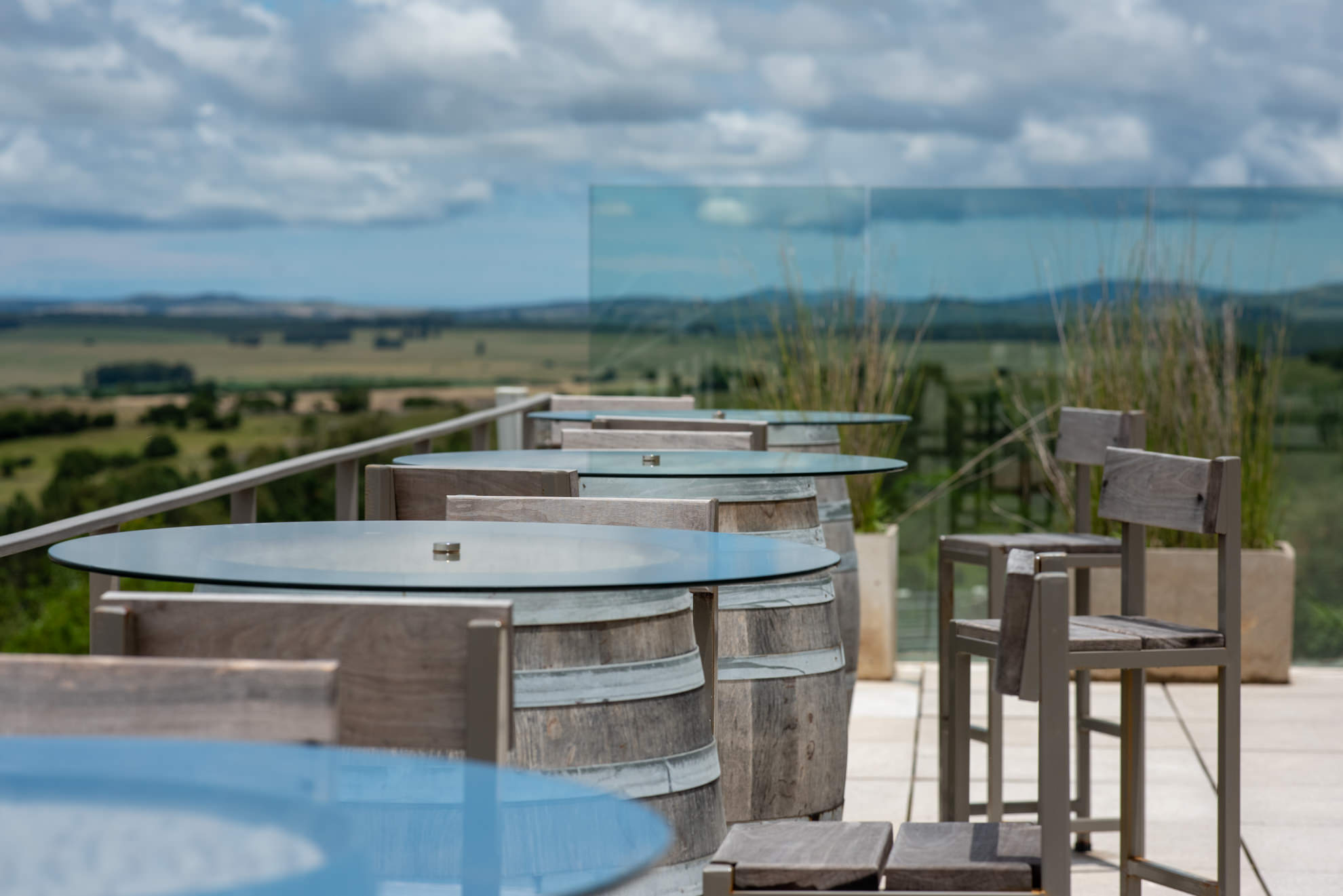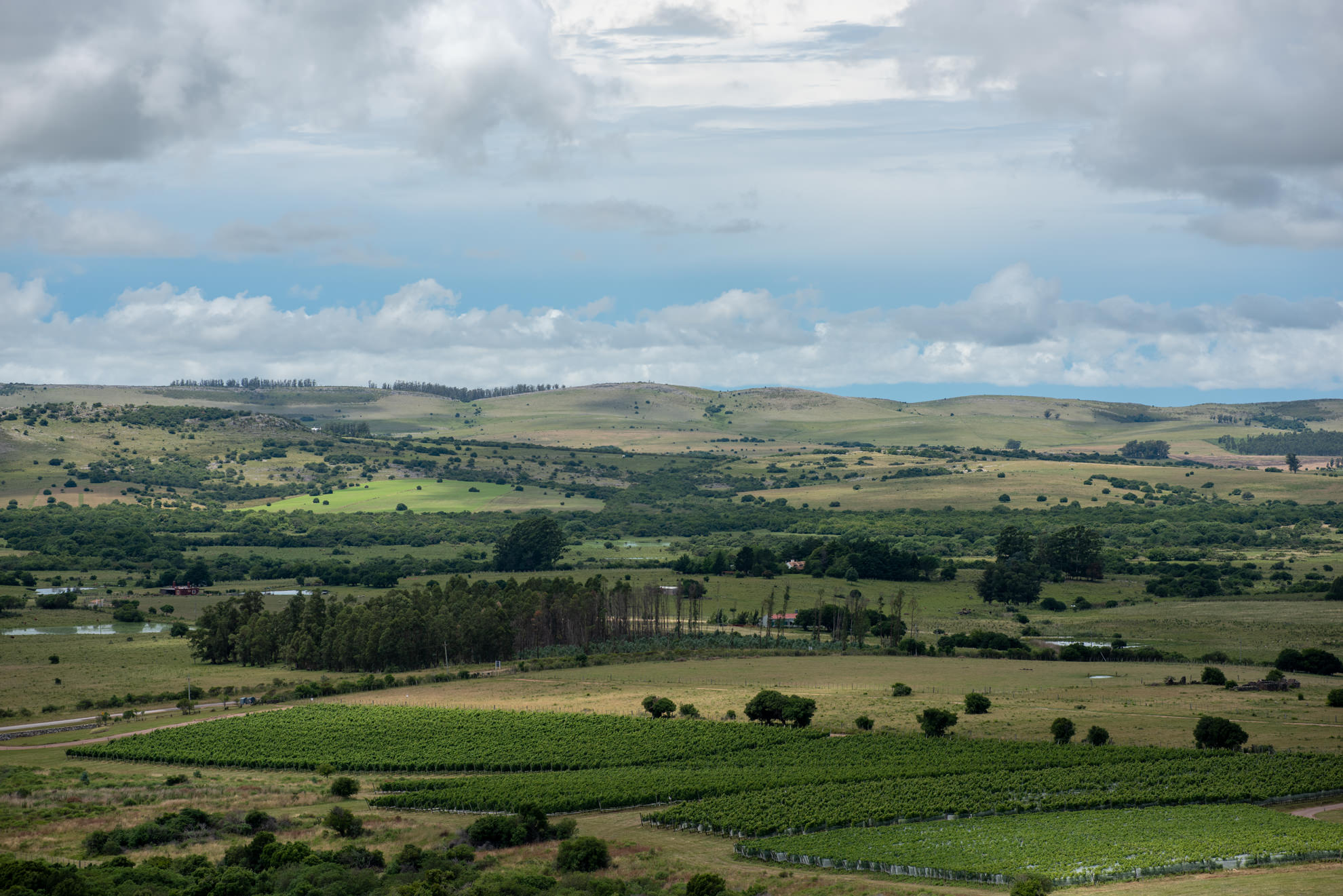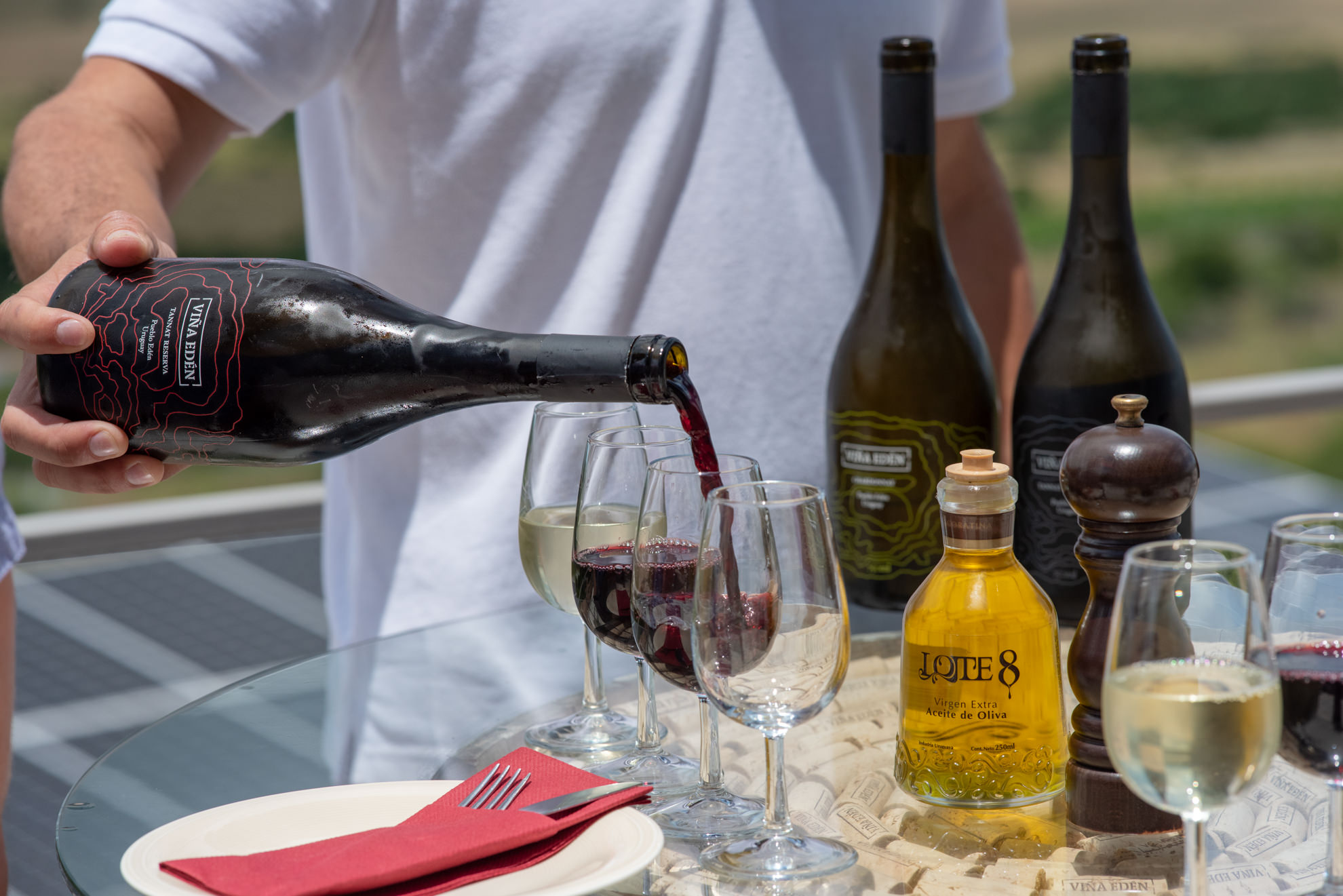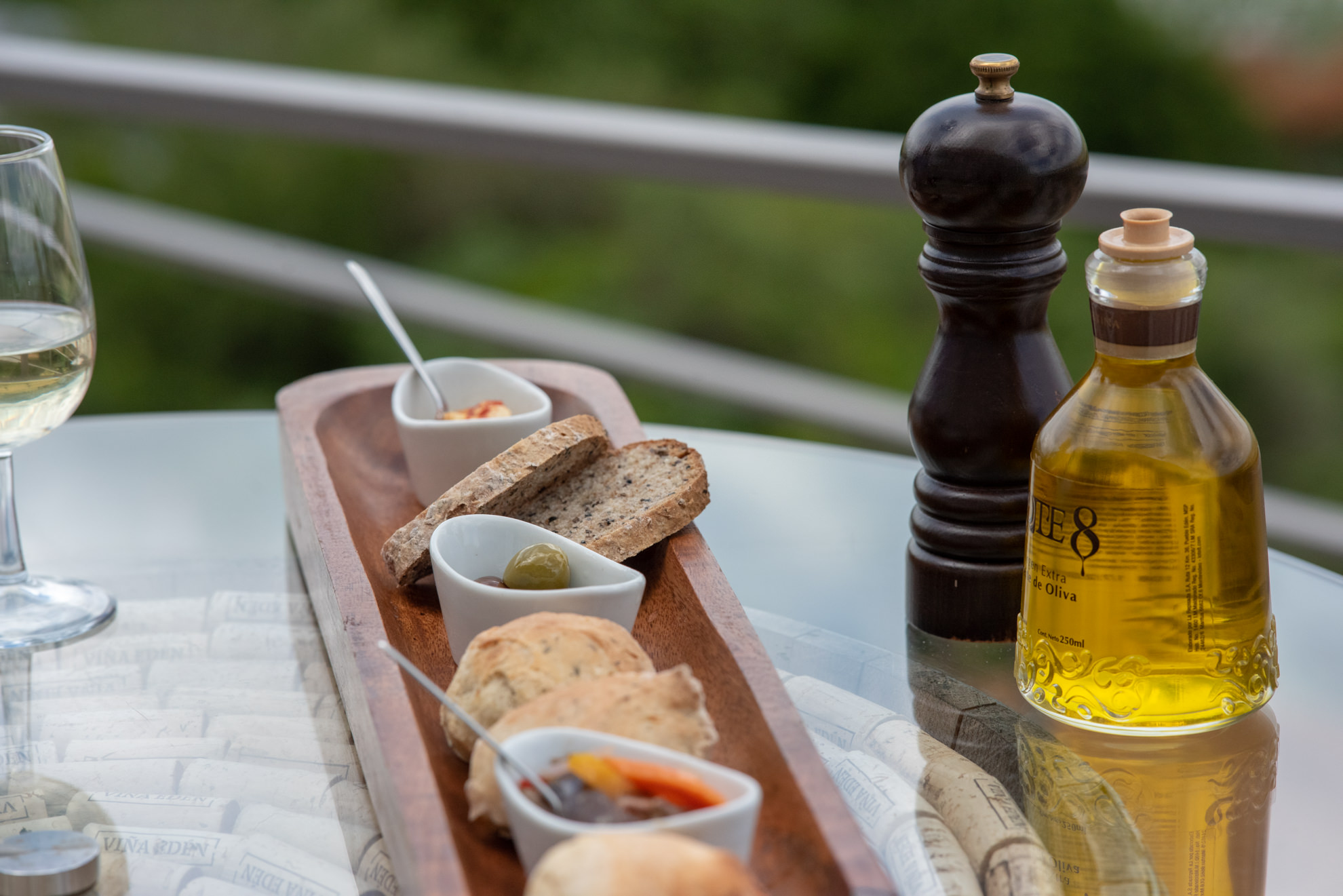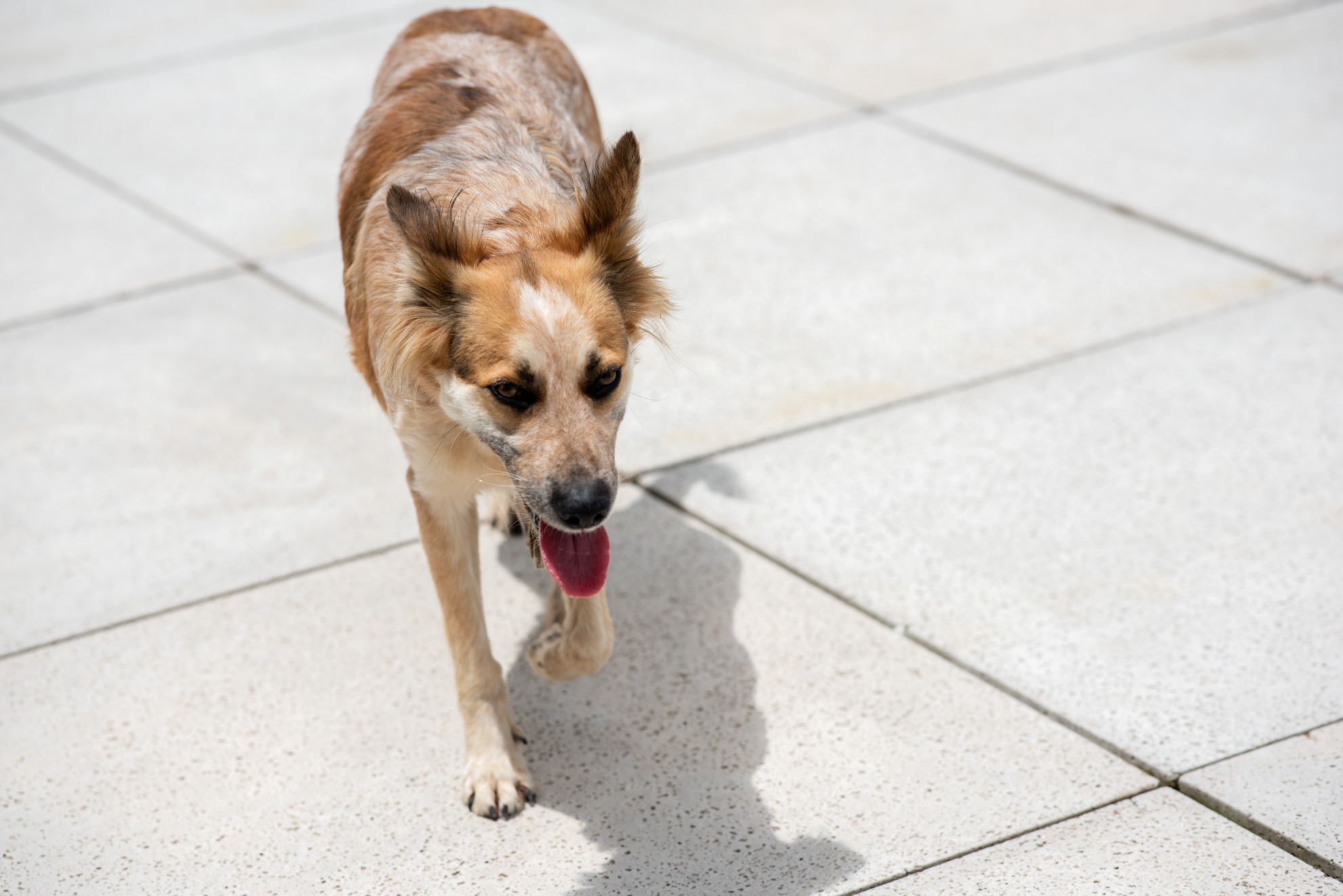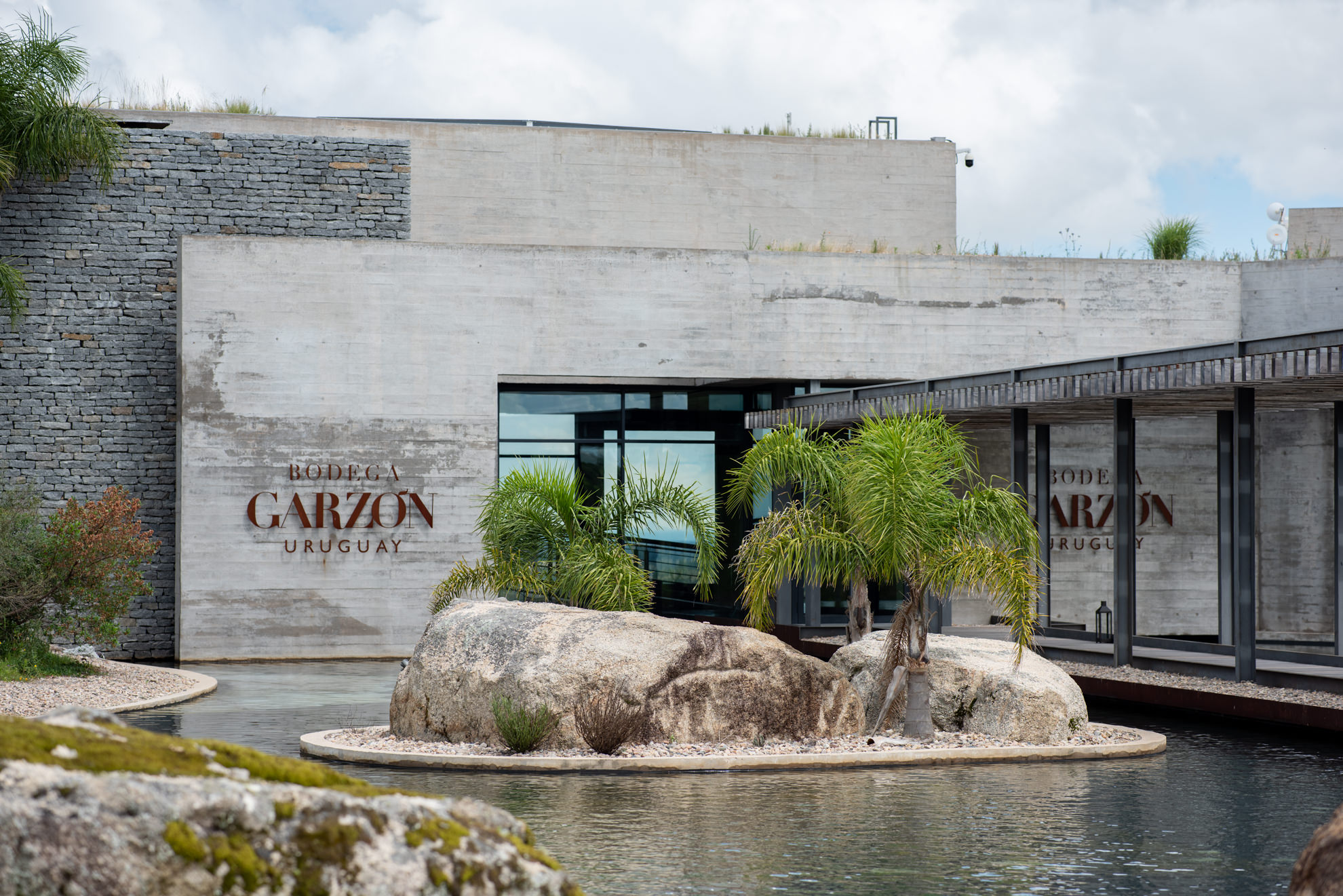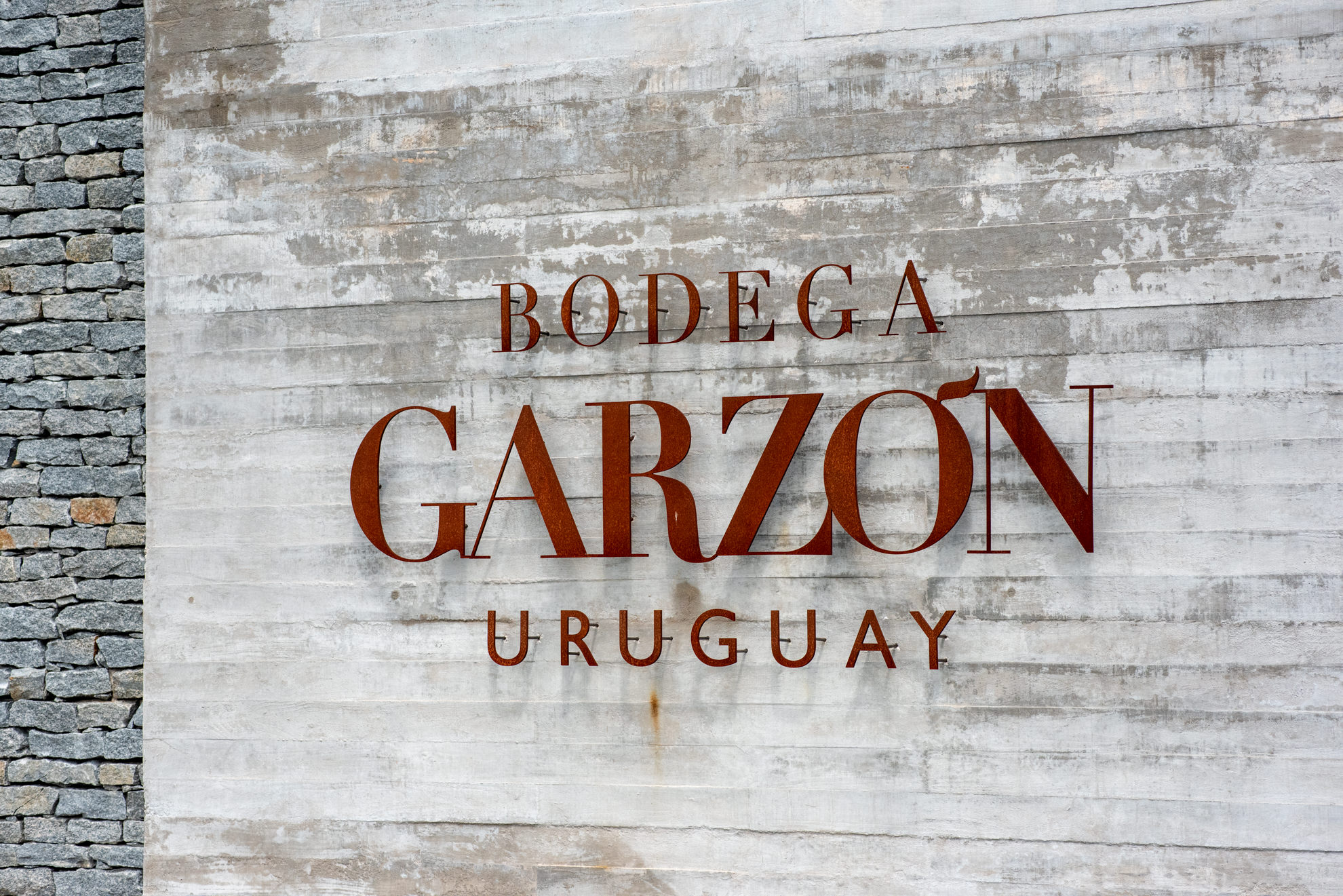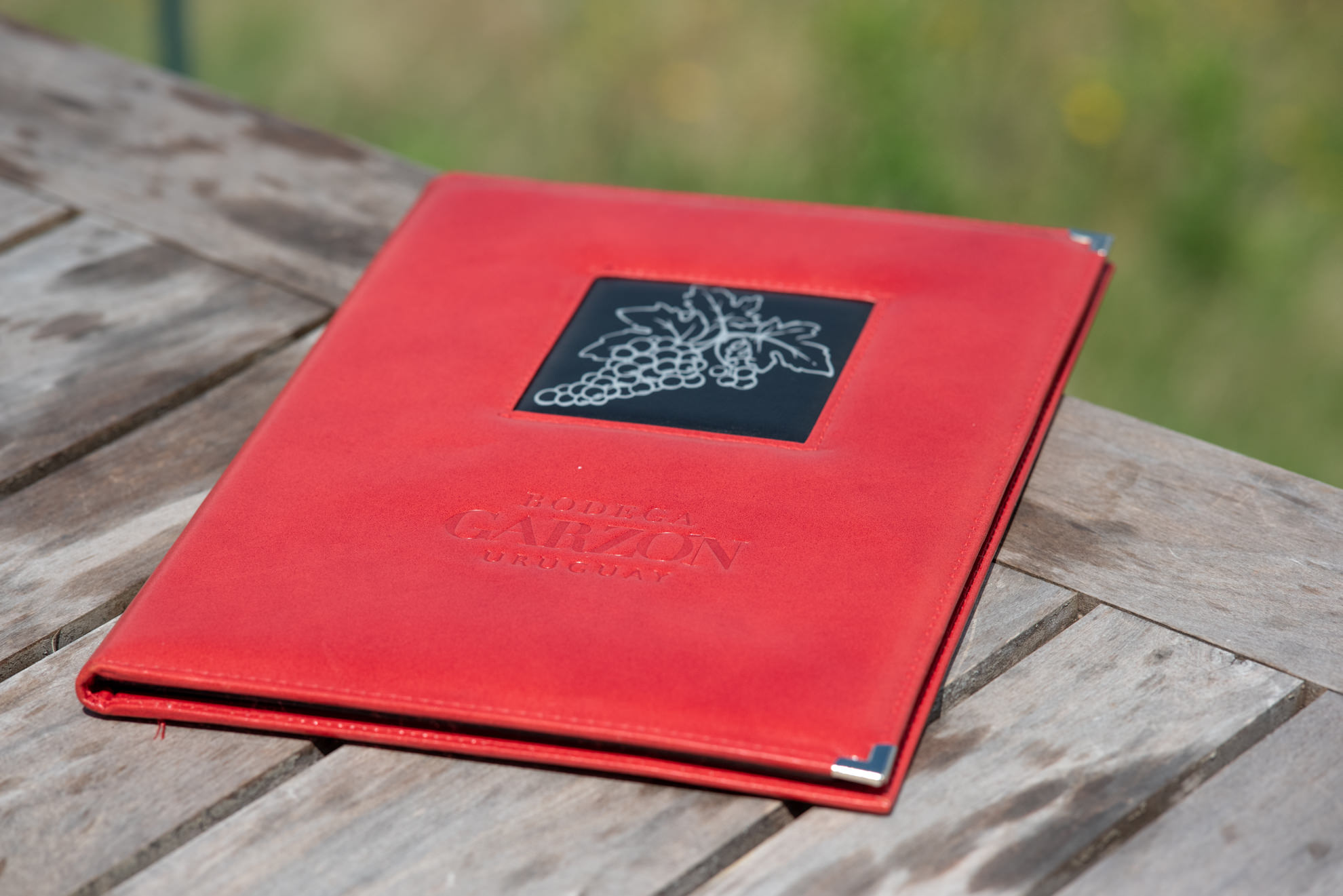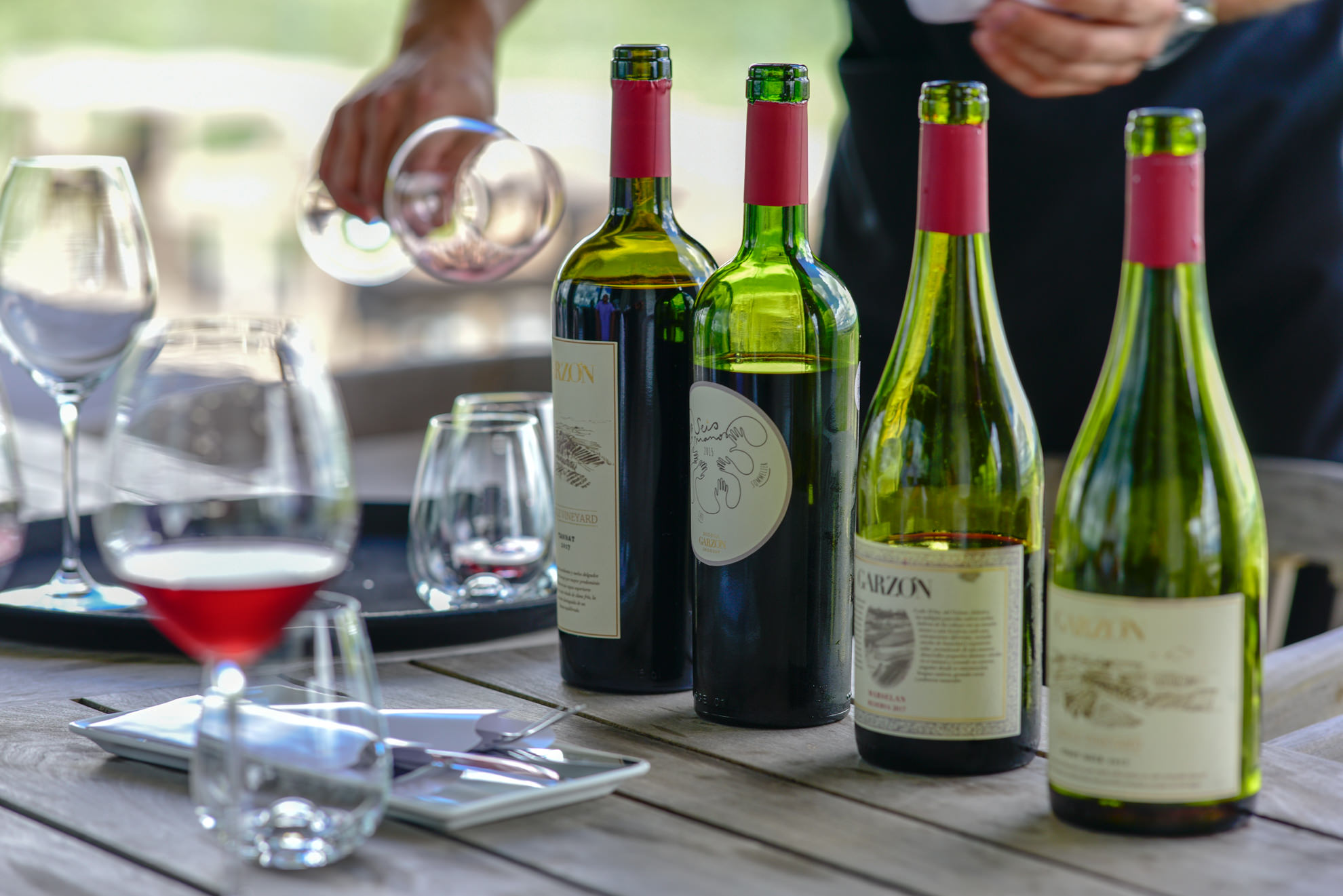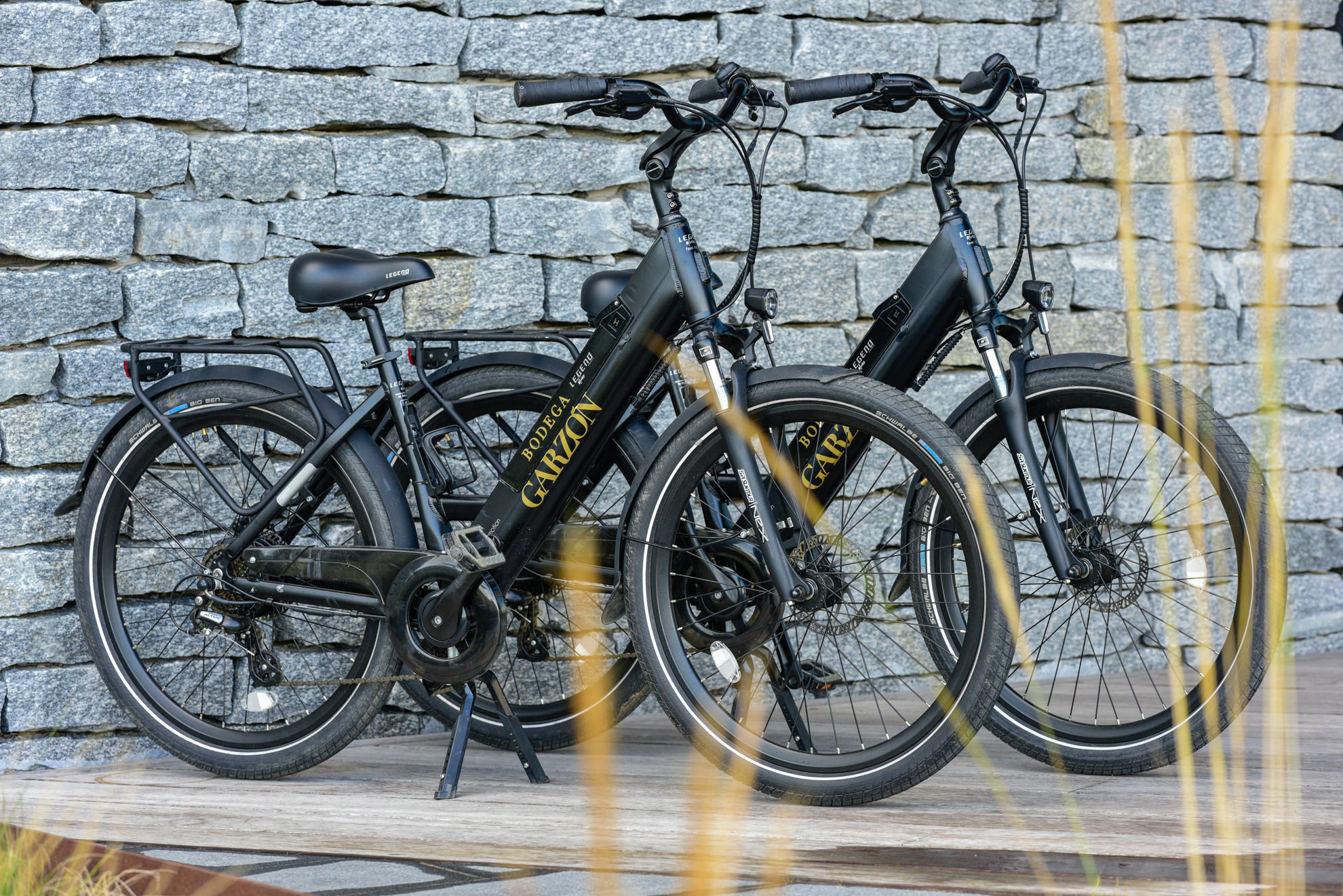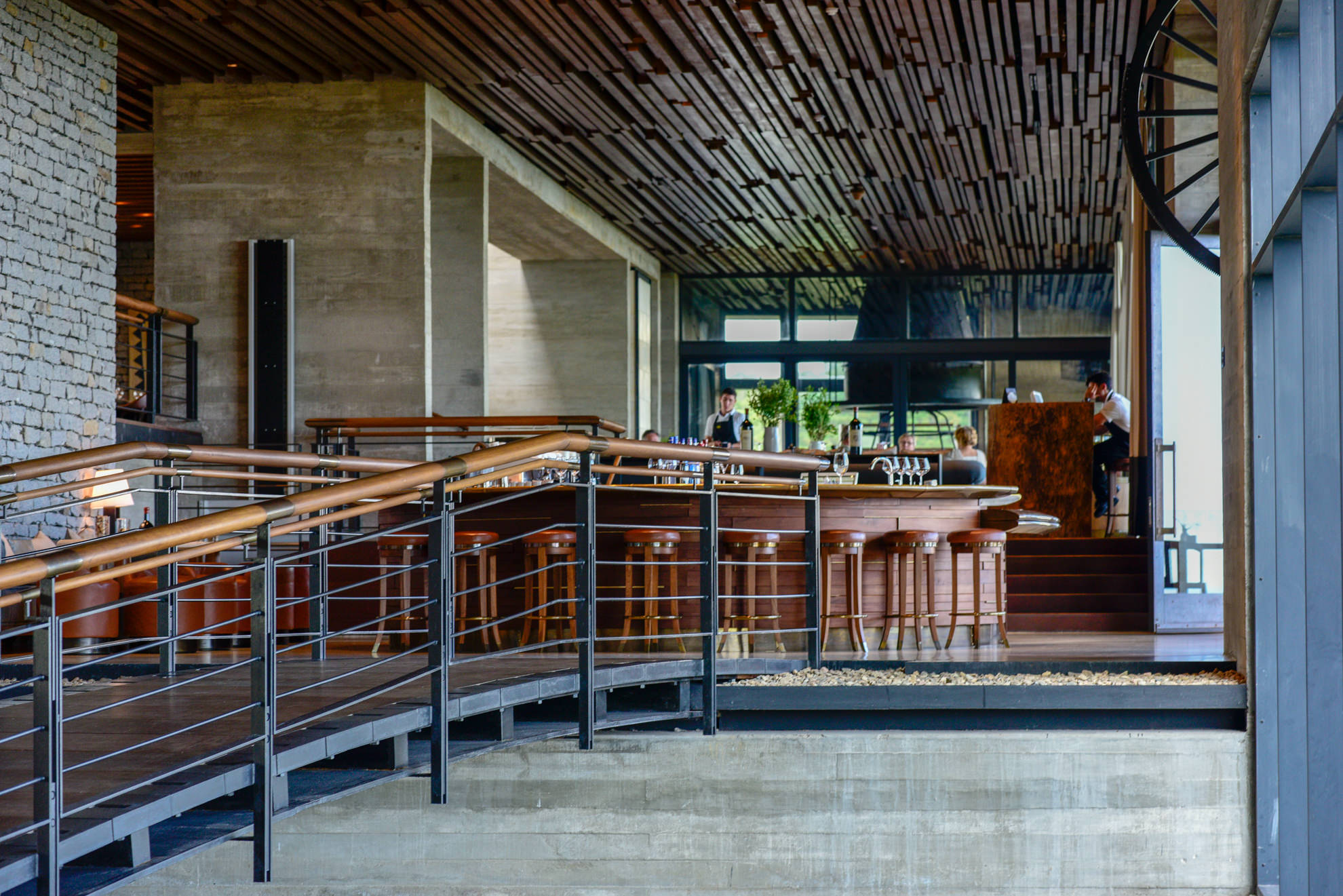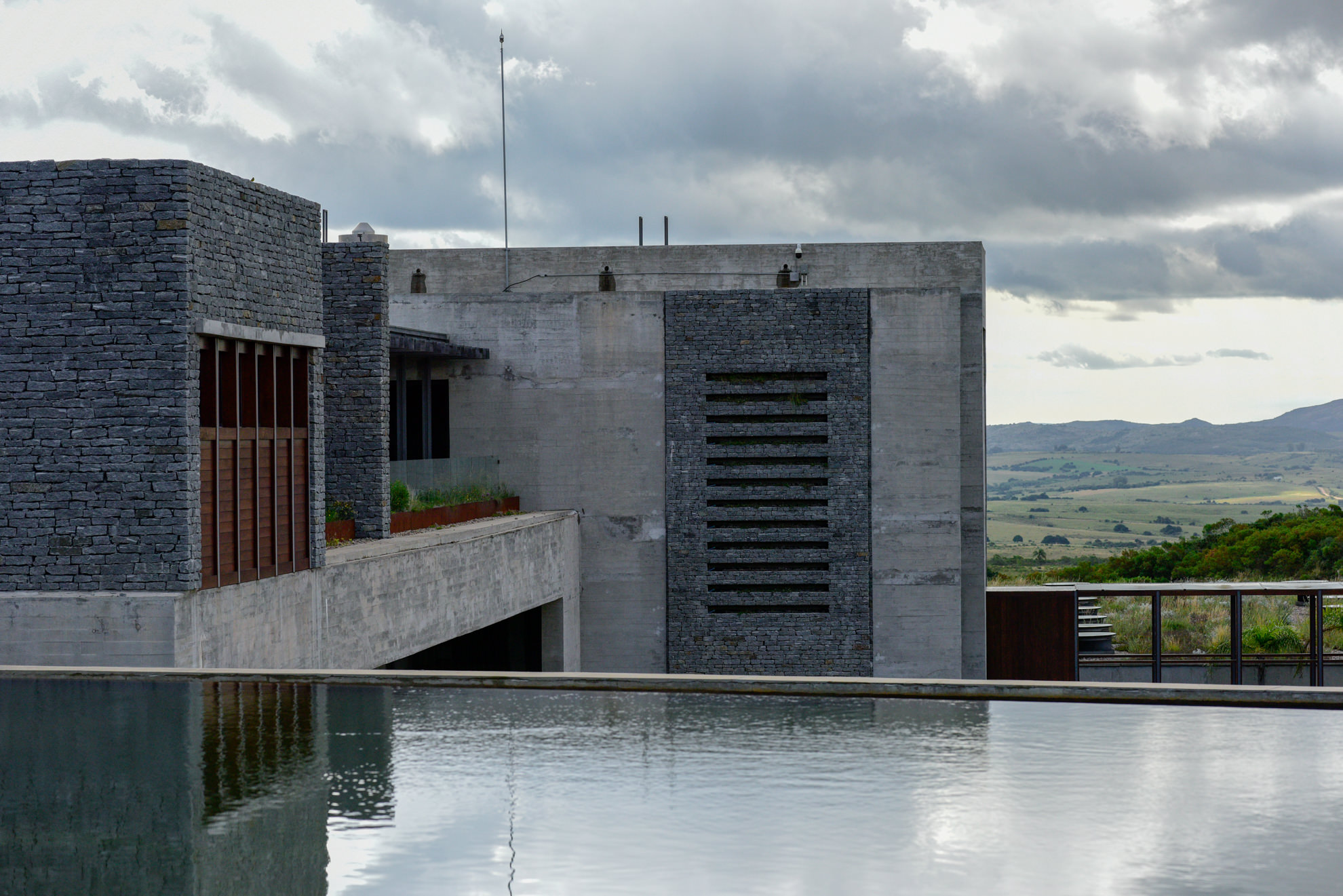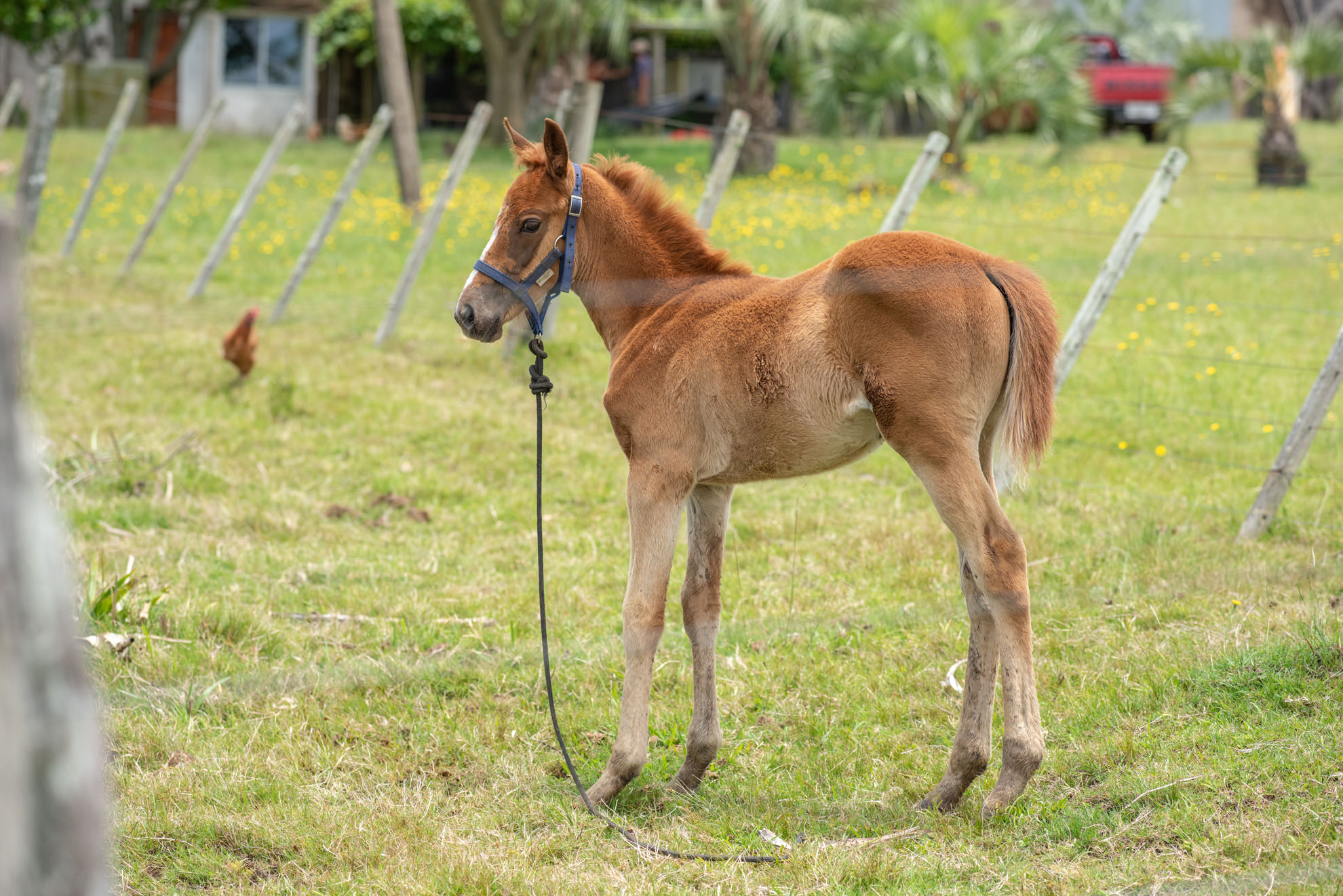Wine Tasting Tour through Uruguay
We couldn’t place Uruguay on a map before we caught wind of the blooming wine scene earlier this year. Most of Uruguay is laid-back and devoid of mass tourism. For us, this only adds to its charm.
We visited a week before Christmas during their Spring/Summer transition, and in many cases were the only ones wine tasting on the day we went. The best time to visit the vineyards and beaches is October through March.
Viticulture represents around 14% of agricultural production in Uruguay, with most wineries being small and family-lead. A fun fact: cows outnumber people 4 to 1, so there is no shortage of rolling hills with very happy looking cows grazing as you drive through the countryside to each winery!
Chile has it’s Carménère, Argentina has it’s Malbec, and Uruguay has it’s Tannat as an icon grape. Tannat has proved itself to be even better suited to South American climate than it is to its origin country of France. Rest assured that you’ll be served a Tannat as part of the tasting wherever you go.
There are several Regions or “Departments” to visit during your Uruguay wine tour. We chose where to visit based on their proximity to our travel along the Southern Coast from Montevideo to José Ignacio. The three regions we toured were Montevideo, Canelones, and Maldonado, but will be back to visit Carmelo.
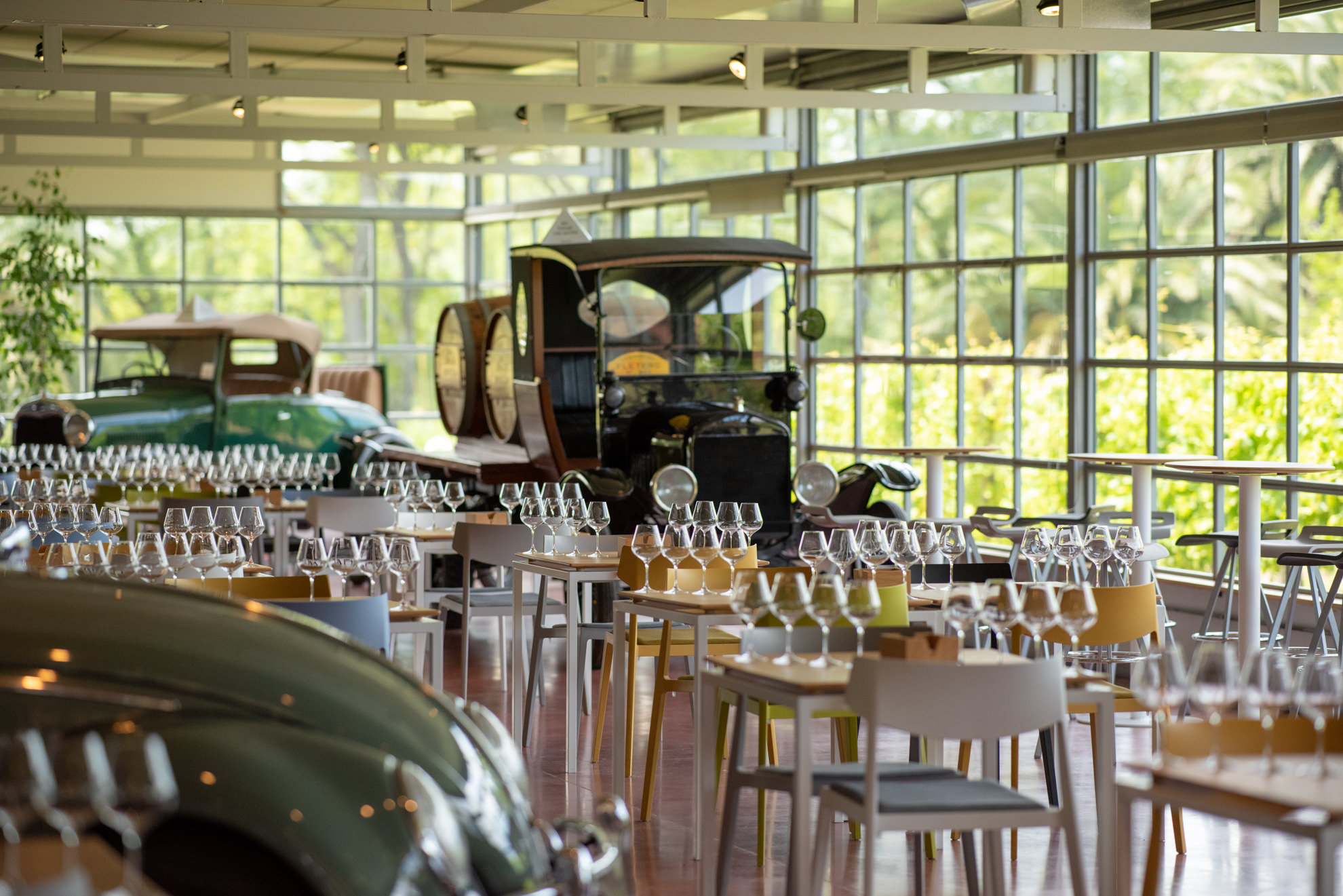
Bodega Bouza – Montevideo Region
We arrived via Buquebus from Buenos Aires to Montevideo, and sped off in our sexy grey Chevy rental car to the first winery in distance that was open. Entering the vineyard we stop to let a white peacock pass, a magnificent way to start the visit.
Walk past the church and you’ll find the tasting area – filled to the brim with a shiny collection of classic cars and tasting tables. The tasting comes with two whites, whom our sommelier said weren’t their best (we agreed) and the rest reds. Here we tasted our first tannat, and it lived up to our expectations.
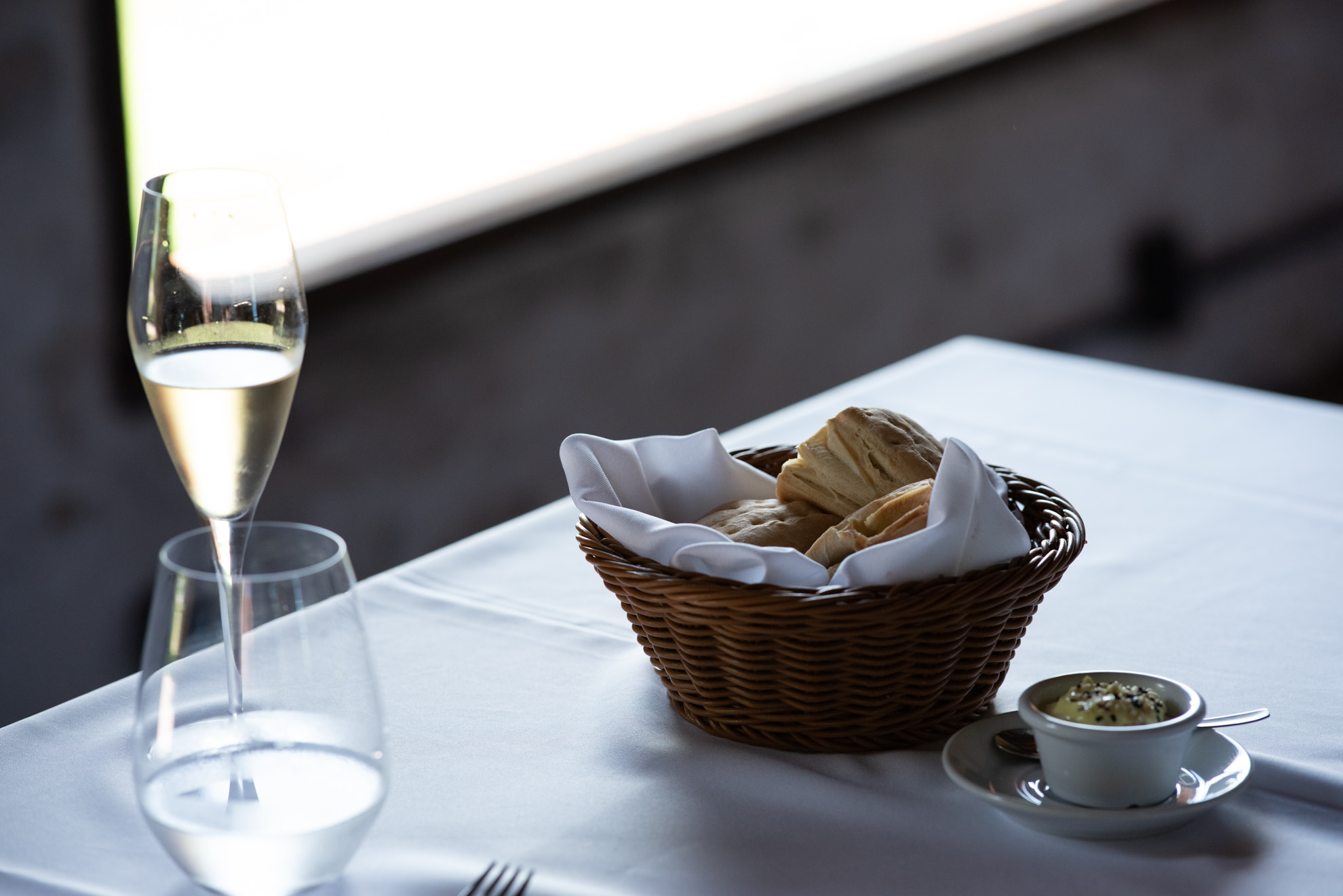
Familia Deicas – Canelones Region
The first dining room has ceilings to heaven, with massive barrels of wine corks lining the rafters. If it weren’t for the insanely hot temps we’d have asked them to light the giant fireplace.
In Uruguay, you’ll find that wineries strongly suggest you complete a tasting with a meal. It’s no taste-n-go like Sonoma and Napa of California. You need to sit down, sip slowly, and savor the wines you’re tasting at their deepest level.
We left with a bottle of the Familia Deicas Preludio Barrel Select Red – a bold, structured, and savoury blend of Cabernet Franc, Cabernet Sauvignon, and Tannat. You’ll find it’s earthy on the nose, with lingering aromas of dark berries and tobacco.
Alto de la Ballena – Maldonado Region
Ballena means whale and Alto means high. So, this winery was a no brainer for researching further.
We arrived impromptu, without reservation, and drove to the very top of the winery via a dusty road – hoping to find someone that’d give us a taste. I don’t recommend doing this. You should make a reservation. We got lucky there was a sommelier there and willing to give us a private tasting. The somm also spoke fluent English, having spent a few years in the San Francisco Bay Area wine scene a few years back.
The views as alto suggests are fantabulous. We went on a partly cloudy day and it really enhanced the photography, with puffy shadows overlaying the hulk green land below.
Alto de la Ballena is made up of just 8 acres, and 8 people that run the place. One per acre. This wine can’t be found outside of Uruguay yet, but we have a strong premonition that will change once people catch wind of Uruguay’s wine scene.
Viña Edén – Maldonado Region
At Viña Eden you’ll first notice it’s epic architecture, which held rank with what we saw in Chile’s Santa Cruz region.
The view is something you’ll anticipate as you drive up the steep hill to the tasting room.
If we’re being honest, and we always are, the wine was lacking in depth. We have pretty particular taste for full bodied reds, so I think this place just wasn’t for us.
The bread starter and dips, view of the valley, and resident dog were all awesome.
Bodega Garzón – Maldonado Region
We were stoked to visit Bodega Garzón after our taste buds exploded at Francis Mallman’s other restaurant in Chile, Fuegos de Alpata. The small town of Garzón, Uruguay is Mallman’s hometown, and here he co-owns a the hotel and restaurant also named Garzón.
We tend to dislike tours, so decided to show up one day unannounced and see what happened. It had worked out so far on our wine tasting tour, and worked out here too. Note that Garzón does offer tours and encourages reservations on their website.
If you don’t have an SUV, remember to take a main highway on your way to Garzón. Google Maps directed us to the scenic route – a beautiful countryside tour on a dirt road that leads you to the back entrance of the winery. It had rained earlier that day there were at least 5 different spots we had to very carefully drive through and hope the car didn’t get washed away with the river!
Garzón’s brutalist concrete architecture is a spectacular site. After you enter the building, greet the front desk then sit down at the Garzón restaurant inside for the full menu, or outside for a bar menu, and have a tasting delivered right to your table.
We opted for a full red tasting because we prefer them. Our favorites were the Tannat Reserva and Petit Verdot. For whites, we did have a small taste of the Albariño Reserva, it was citrusy and fruity with a marked acidity. The Albariño is one of Uruguay’s other exciting varietals, worth tasting at all the vineyards if they offer it and even for lovers of red.
